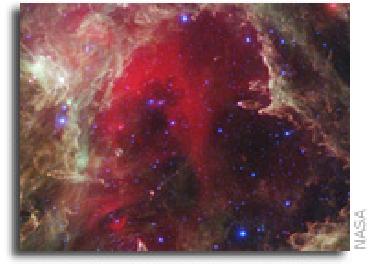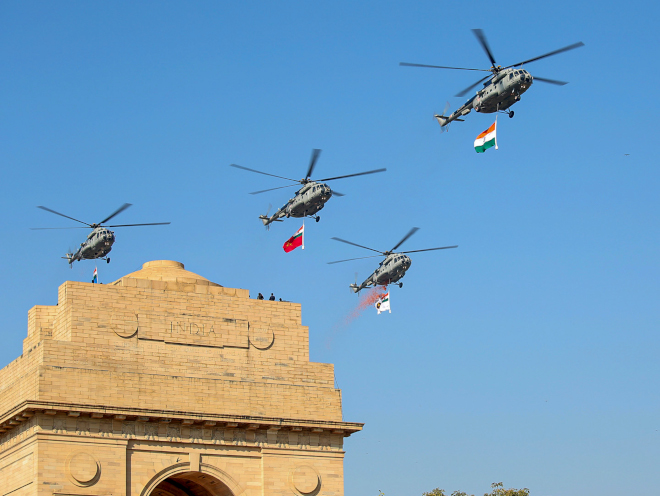PARIS (BNS): The European Space Agency is about to launch the most sophisticated mission ever to investigate the Earth’s gravitational field and to map the reference shape of our planet – the geoid - with unprecedented resolution and accuracy.
The Gravity field and steady-state Ocean Circulation Explorer (GOCE) will be placed onto a low altitude near sun-synchronous orbit by a Russian Rockot vehicle launched from the Plesetsk Cosmodrome in Northern Russia, some 800 km north of Moscow. Lift-off is scheduled to take place at 16:21 CEST (14:21 UTC, 7:50 pm IST) Wednesday, September 10. The launcher is operated by Eurockot Launch Services, a joint venture between EADS Astrium and the Khrunichev Space Centre, Russia.
ESA’s 1-tonne spacecraft carries a set of six state-of-the-art high-sensitivity accelerometers to measure the components of the gravity field along all three axes. The data collected will provide a high-resolution map of the geoid (the reference surface of the planet) and of gravitational anomalies.
Such a map will not only greatly improve our knowledge and understanding of the Earth’s internal structure, but will also be used as a much better reference for ocean and climate studies, including sea-level changes, oceanic circulation and ice caps dynamics survey. Numerous applications are expected in climatology, oceanography and geophysics, as well as for geodetic and positioning activities.
”To make this mission possible, ESA, its industrial partners (45 European companies led by Thales Alenia Space) and the science community had to overcome an impressive technical challenge by designing a satellite that will orbit the Earth close enough to gather high-accuracy gravitational data while being able to filter out disturbances caused by the remaining traces of the atmosphere in low Earth orbit (at an altitude of only 260 km). This resulted in a slender 5-m-long arrowhead shape for aerodynamics with low power ion thrusters to compensate for the atmospheric drag,” an ESA release said.
GOCE is the first Core Mission of the Earth Explorer programme undertaken by ESA in 1999 to foster research on the Earth’s atmosphere, biosphere, hydrosphere, cryosphere and interior, on their interactions and on the impact of human activities on these natural processes. It will be the first in a whole series of Earth Explorer missions with five launches to take place within the next two years.
Two more Core Missions, selected to address specific topics of major public concern are already under development: ADM-Aeolus for atmospheric dynamics (2010), and EarthCARE to investigate the Earth’s radiative balance (2013). Three smaller Earth Explorer Opportunity Missions are also in preparation: CryoSat-2 to measure ice sheet thickness (2009), SMOS to study soil moisture and ocean salinity (2009) and Swarm to survey the evolution of the magnetic field (2010).
GOCE Earth explorer satellite to look at Earth's core
Article Posted on : - Aug 23, 2008
Other Related News
Future Warfare Fund set up within the armed forces: Parliamentary panel on defence
A parliamentary panel has said it has learnt from the Ministry of Defence that a Future Warfare Fund has been instituted within the armed forces while an analysis group is also proposed to be set up for studying future technologies and their impact.
 Previous Article
Previous Article












The Indian Air Force, in its flight trials evaluation report submitted before the Defence Ministry l..
view articleAn insight into the Medium Multi-Role Combat Aircraft competition...
view articleSky enthusiasts can now spot the International Space Station (ISS) commanded by Indian-American astr..
view article